Salmon Bycatch Information
Photo by Terese Schomogyi/KRITFC.
No matter where we go or who we talk with on the Kuskokwim, our conversations about fish inevitably include trawl bycatch and commercial intercept of our salmon. Our people are concerned about the impacts that commercial bycatch and intercept are having on our Chinook and chum salmon returns. Throughout the entire Kuskokwim, we are self-restricting our harvests, yet commercial fishermen can harvest and discard or sell tens of thousands of salmon. The burden of salmon conservation is on us: the original inhabitants of these lands and waters, the fishermen most dependent on salmon for our physical, spiritual, cultural, and economic wellbeing. It is unjust and harmful that we are unable to fish according to the ways our ancestors taught us.
It is important to KRITFC that we keep up-to-date with and advocate for our fish while they are in their marine environments. Here are the latest salmon bycatch numbers we have seen, and what we’re doing about them.
Bering Sea-Aleutian Islands (BSAI) Salmon Bycatch in the Pollock Industry
Managed by the North Pacific Fishery Management Council (NPFMC).
All BSAI and Gulf of Alaska bycatch numbers publicly available here. For Chinook salmon, visit here. For chum salmon, visit here.
Bycatch as of June 30, 2022:
5,395 Chinook salmon
2,933 non-Chinook (chum) salmon
In 2020, genetic data suggested that about 50% of Chinook salmon bycatch and 12% of chum salmon bycatch were headed to Western Alaska (Yukon, Kuskokwim, Norton Sound/Bering Strait, Nushagak areas). Most chum salmon bycatch occurs in the B-Season fishery, which began in early June and continues through October.
Map of the BSAI fishery area. Charles Guthrie et al./NMFS.
South Alaska Peninsula Inseason Commercial Harvests (June Shumagin Islands, South Unimak, and Dolgoi – aka Area M)
Managed by the Board of Fish (BOF).
Publicly available here.
Intercept as of July 1, 2022:
2,911 Chinook salmon
531,350 chum salmon
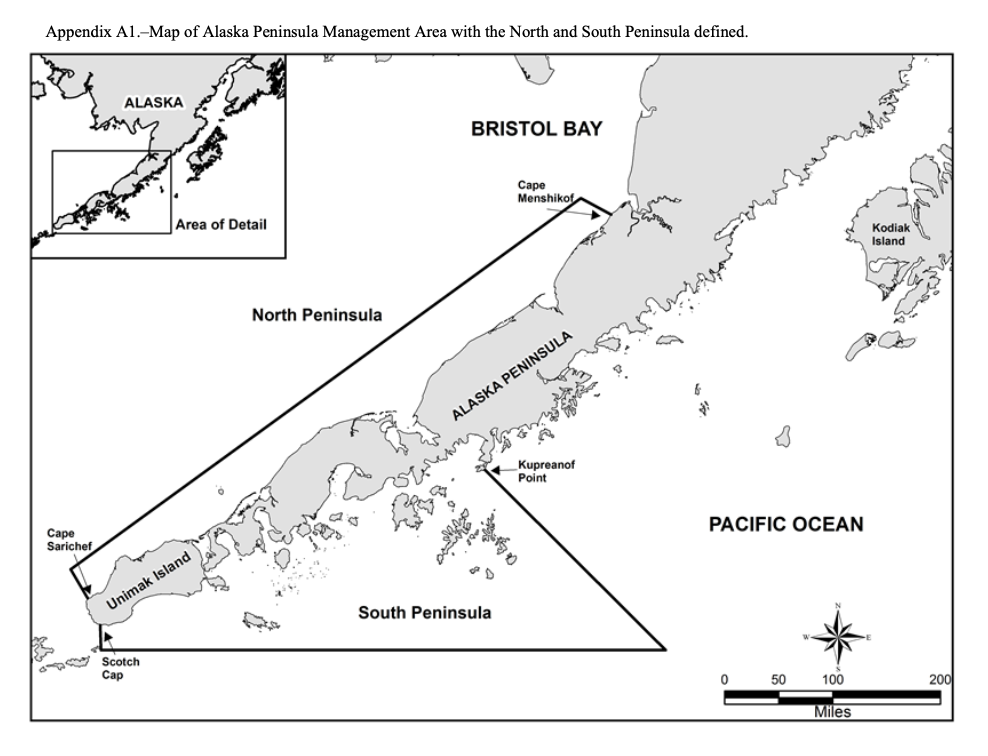
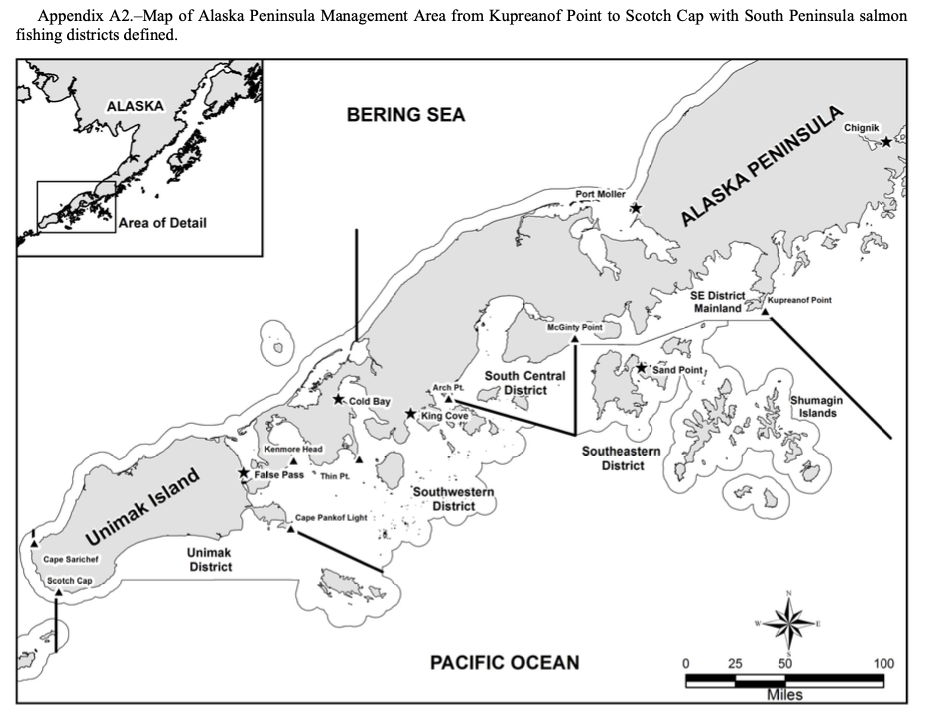
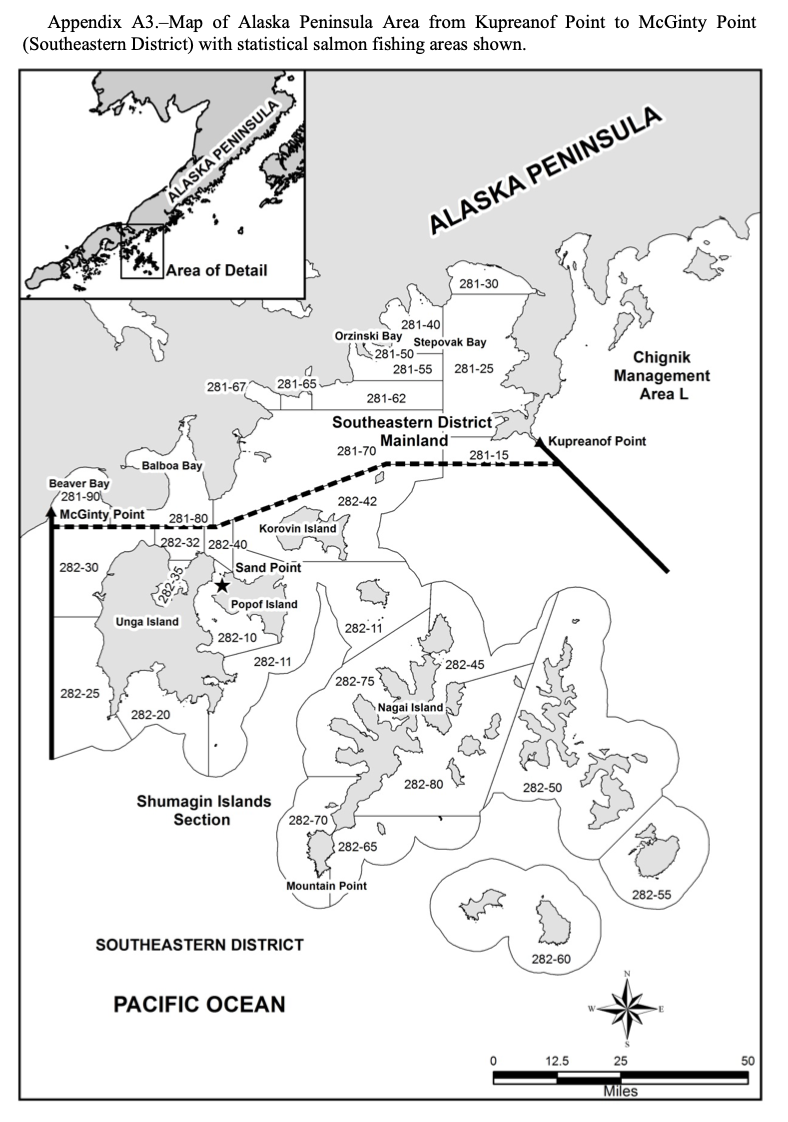


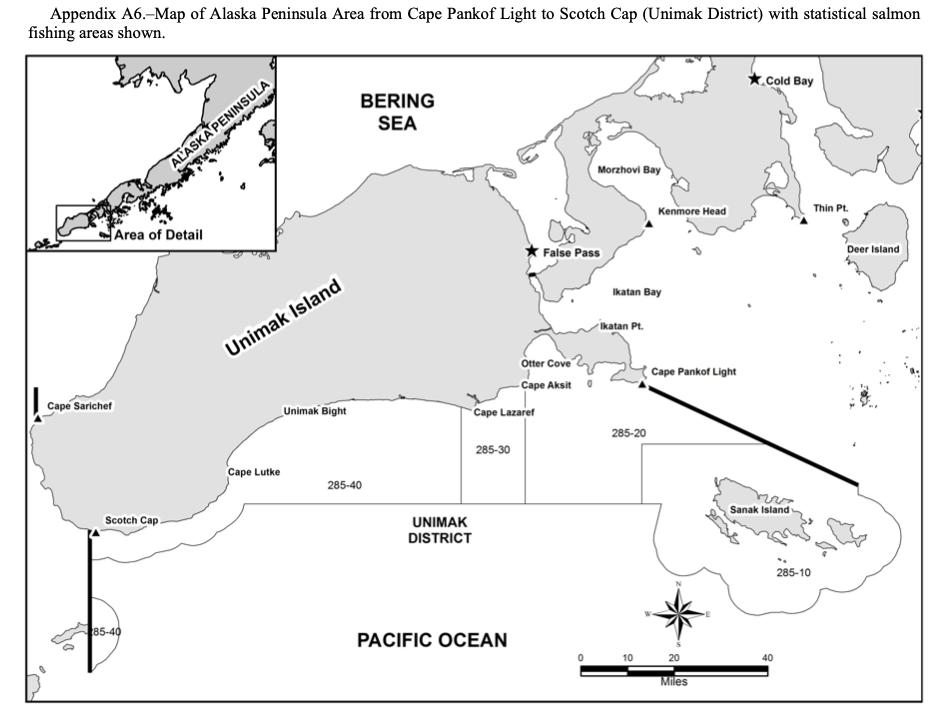
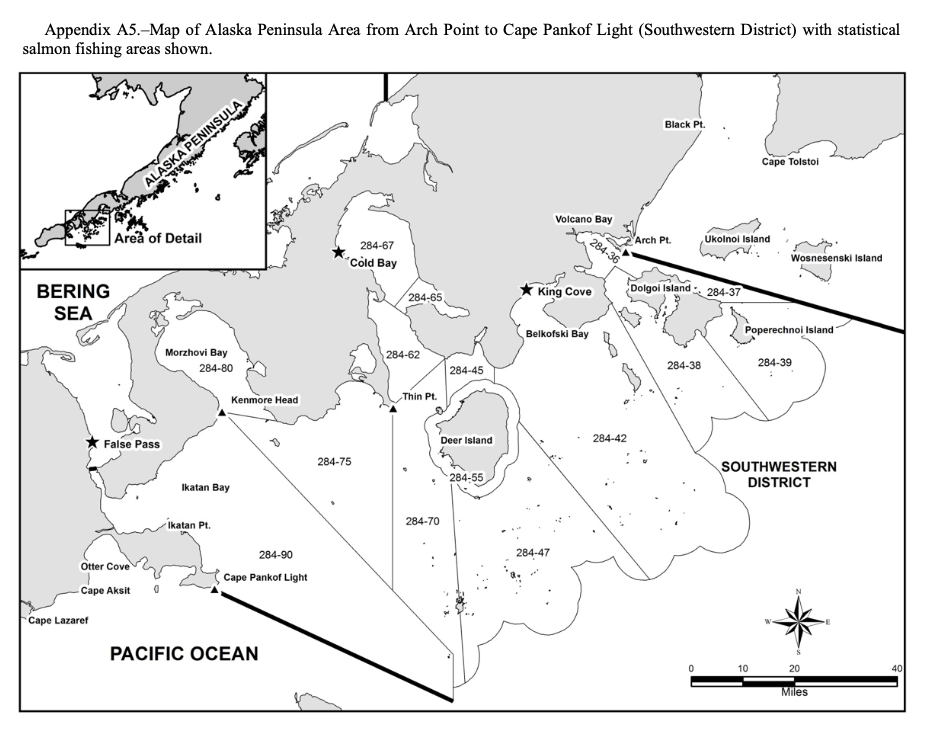
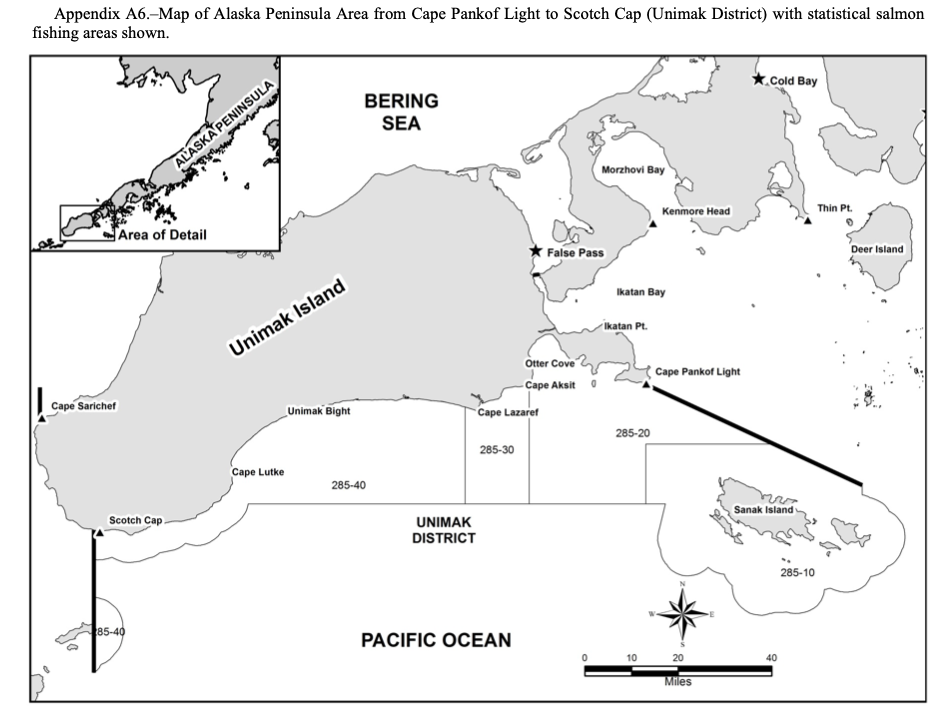


Maps of the South Alaska Peninsula area. Elisabeth Fox et al./ADF&G.
While KRITFC understands that not every salmon caught incidentally in the Bering Sea or Alaska Peninsula was headed to the Kusko, we know that every fish matters to our Elders, youth, and communities. While we understand that other factors like climate change are playing a role in our salmon declines, we know that management bodies like NPFMC and BOF can do more to limit salmon waste and ensure our fish make it home and our people have enough to eat.
KRITFC is committed to continuing our advocacy for reducing Chinook and chum salmon bycatch, including Tribal voices in fisheries management, and sustaining our salmon fisheries and way of life. Some examples of how we are doing this include:
Submitting public comments to NPFMC: See our October 2021 and June 2022 comments.
Testifying at NPFMC meetings: Read Chair Mike Williams Sr.’s testimony at the June 2022 Council meeting here.
Advocating for voting Tribal seats on NPFMC: Watch former executive director Mary Peltola’s testimony here.
Submitting BOF proposals to restrict Area M June fisheries to protect AYK-bound salmon.
Monitoring our salmon populations, water temperatures, and climates in-river to add to the body of knowledge. Learn about our in-river research here.
Interested in testifying or having your voice heard?
Attend the next NPFMC meeting: October 6-11 | Anchorage OR online
Attend the next BOF meeting: Alaska Peninsula / Aleutian Island / Chignik Finfish | February 13-17, 2023 | Anchorage
Contact Terese Schomogyi at terese@kritfc.org or 907-545-7388 to record your testimony with KRITFC.


